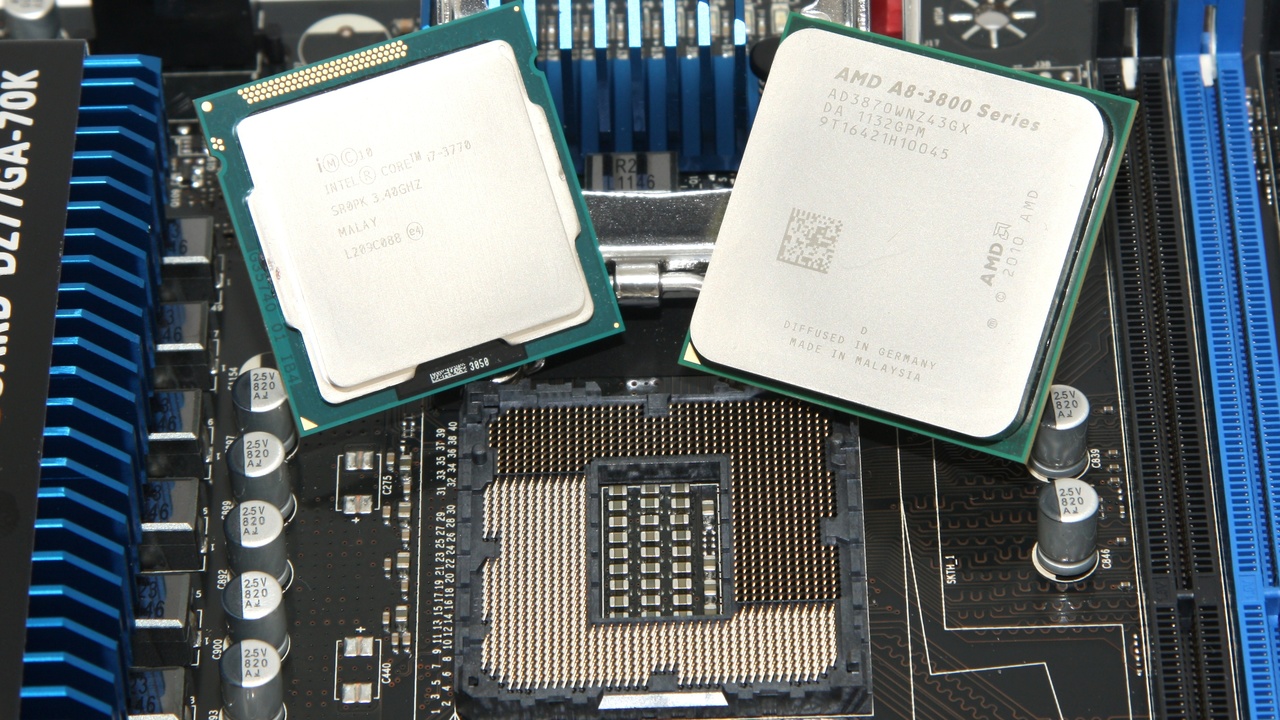Intel Graphics HD 4000 & 2500 im Test: Chancenlos gegen AMD

Einleitung
Mit der heutigen Vorstellung von „Intels Ivy“-Bridge-Prozessorfamilie erhält die beliebte Sandy-Bridge-Produktreihe nach mehr als einem Jahr einen Nachfolger. Ivy Bridge soll dabei alles ein wenig besser machen als der Vorgänger, ohne sich von diesem aber allzu weit absetzen zu können – unser Artikel zum CPU-Part zeigt dies durchweg in allen Belangen.
Ivy Bridge ist allerdings, genau wie Sandy Bridge, weit aus mehr als ein reiner Hauptprozessor, da Intel zugleich eine Grafikeinheit verbaut. Und dort soll sich laut dem Hersteller so einiges getan haben, sodass die neuen APUs dazu in der Lage sein sollen, AMDs gelungene Llano-Produkte anzugreifen.
Dazu sollen wieder zwei verschiedene Grafikvarianten hilfreich sein, wobei die Graphics HD 2500 nur eine kleine Verbesserung zur Graphics HD 2000 darstellen soll. Die größere Graphics HD 4000 soll sich dagegen deutlich von der Graphics HD 3000 absetzen können und der Konkurrenz aus dem Hause AMD damit gefährlich nahe kommen.
Neben der Graphics HD 2500 sowie der Graphics HD 4000 ist im Artikel auch die Graphics HD 3000 mit dem Sandy-Bridge-Prozessor Core i7-2600K vertreten. Aus dem Hause AMD hat sich die schnellste Llano-Variante, der A8-3870K, eingefunden. Darüber hinaus muss sich Ivy Bridge gegen die diskreten Grafikkarten Radeon HD 6450, Radeon HD 6570 sowie GeForce GT 430 stellen. Wird Intel die schwierige Aufgabe gelingen? Finden wir es heraus.
Wer sich weniger für die GPU und mehr für die Ivy-Bridge-CPU interessiert, dem empfehlen wir unseren Part über die reine Prozessorleistung.
Vorab geht jedoch der Dank an Intel für die Bereitstellung diverser Muster, Asus für die alternativen Mainboards und dem Onlineshop Alternate, der uns bereits vor dem eigentlichen Start mit „Ivy Bridge“-Prozessoren aus dem Handel versorgt hat.
